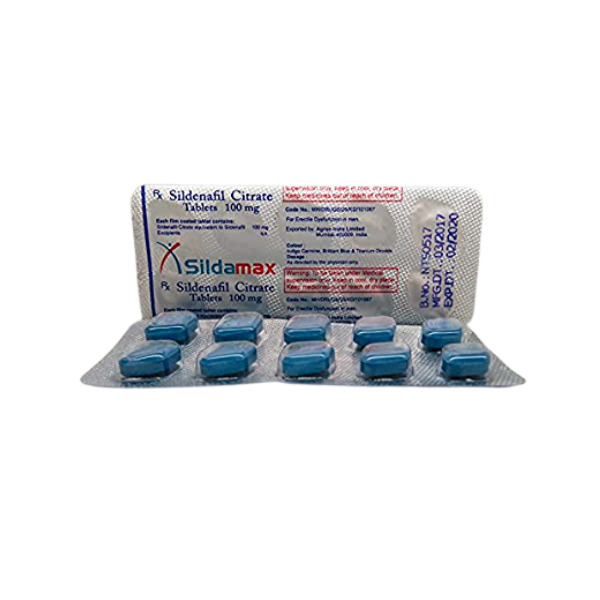Asthma is one of the most common chronic diseases among children worldwide. It affects millions of children, making breathing difficult and impacting their daily activities, sleep, and overall well-being. Childhood asthma is particularly concerning because children have smaller airways than adults, making them more vulnerable to severe symptoms.
Although asthma cannot be cured, it can be managed effectively with the right treatment and preventive measures. This article explores the causes, symptoms, triggers, treatment options, and practical management strategies for childhood asthma.
What is Childhood Asthma?
Childhood asthma is a chronic lung disease that causes inflammation and narrowing of the airways, leading to breathing difficulties. It often begins in early childhood and may continue into adulthood. Some children experience occasional mild symptoms, while others may have persistent, severe asthma that requires ongoing medical care.
The most concerning aspect of childhood asthma is that it can significantly affect a child’s quality of life, causing frequent school absences, disrupted sleep, and limitations in physical activities. In severe cases, it can lead to life-threatening asthma attacks.
Causes of Childhood Asthma
The exact cause of asthma in children is not fully understood, but a combination of genetic and environmental factors plays a significant role.
1. Genetic Factors
Asthma often runs in families. If a parent or sibling has asthma, the child has a higher risk of developing the condition.
2. Allergies
Children who have allergic conditions, such as eczema, hay fever, or food allergies, are more likely to develop asthma. Common allergens include:
- Pollen
- Pet dander
- Mold
- Dust mites
- Certain foods (e.g., dairy, nuts, shellfish)
3. Environmental Factors
Exposure to environmental pollutants and irritants can trigger or worsen asthma symptoms. Some major environmental factors include:
- Secondhand smoke
- Air pollution
- Strong odors or chemicals (e.g., perfumes, cleaning products)
- Indoor mold or damp conditions
4. Respiratory Infections
Common colds, flu, and respiratory infections can lead to asthma development in young children. Viral infections are a major cause of asthma attacks in children.
5. Premature Birth or Low Birth Weight
Babies born prematurely or with low birth weight may have underdeveloped lungs, increasing their risk of asthma later in life.
Symptoms of Childhood Asthma
Asthma symptoms in children can vary in frequency and severity. Some children experience symptoms daily, while others may only have flare-ups during exposure to triggers.
Common symptoms include:
- Persistent coughing, especially at night or early morning
- Wheezing (whistling sound while breathing)
- Shortness of breath
- Chest tightness or pain
- Frequent respiratory infections
- Difficulty sleeping due to breathing problems
In severe cases, children may struggle to speak, have blue lips or fingernails (due to lack of oxygen), and require emergency medical attention.
Common Triggers of Childhood Asthma
Identifying and avoiding asthma triggers can help reduce flare-ups. The most common triggers include:
1. Allergens
- Pet fur, dust mites, mold, pollen
- Certain foods (for children with food allergies)
2. Weather Changes
- Cold air, humidity, dry air, thunderstorms
3. Respiratory Infections
- Colds, flu, sinus infections
4. Physical Activity
- Running, playing sports, or intense exercise can trigger symptoms, especially in cold weather.
5. Stress and Emotions
- Crying, laughing, anxiety, or strong emotions can sometimes trigger an asthma attack.
Diagnosing Childhood Asthma
Diagnosing asthma in young children can be challenging because symptoms may resemble other respiratory conditions. Doctors use a combination of medical history, physical exams, and tests to confirm asthma.
1. Medical History and Symptoms Review
The doctor will ask about the child’s symptoms, frequency of breathing difficulties, family history of asthma or allergies, and exposure to triggers.
2. Lung Function Tests
For children over 5 years old, lung function tests such as spirometry measure how much air the child can inhale and exhale.
3. Allergy Testing
Allergy skin or blood tests help determine if allergens trigger asthma symptoms.
4. Chest X-ray or Other Imaging Tests
These may be used to rule out other respiratory conditions, such as pneumonia.
Treatment and Management of Childhood Asthma
Although asthma is a lifelong condition, it can be controlled with the right treatment and preventive measures.
1. Medications for Childhood Asthma
Asthma medications are divided into two main categories:
A. Quick-Relief Medications (Rescue Inhalers)
These medications provide immediate relief during an asthma attack by relaxing airway muscles. Examples include:
- Albuterol (ProAir, Ventolin)
B. Long-Term Control Medications
These are taken daily to prevent symptoms and reduce airway inflammation. Examples include:
- Inhaled corticosteroids (Fluticasone, Budesonide)
- Leukotriene modifiers (Montelukast)
For young children, inhalers with spacers or nebulizers are often used for easier medication delivery.
2. Preventing Asthma Attacks
A. Avoid Triggers
- Keep the home free of dust and pet dander.
- Use air purifiers to improve air quality.
- Wash bedding frequently to reduce allergens.
B. Encourage Healthy Habits
- A balanced diet with fruits, vegetables, and omega-3-rich foods can help strengthen the immune system.
- Ensure regular physical activity while avoiding overexertion.
C. Use a Peak Flow Meter
A peak flow meter helps monitor lung function and detect early signs of worsening asthma before symptoms appear.
How to Handle an Asthma Attack in a Child
If your child experiences an asthma attack:
- Stay Calm – Anxiety can make breathing worse.
- Use a Rescue Inhaler – Follow the prescribed dosage immediately.
- Sit the Child Upright – Avoid lying down, as it can make breathing more difficult.
- Monitor Symptoms – If the child struggles to breathe, call emergency services.
Signs that emergency medical care is needed:
- Rapid breathing with chest retractions (visible sinking of skin between ribs)
- Severe wheezing or inability to speak
- Bluish lips or fingernails
Impact of Childhood Asthma on Daily Life
Asthma can affect a child’s:
- School Performance: Frequent absences due to asthma attacks.
- Physical Activity: Fear of triggering symptoms may discourage participation in sports.
- Emotional Well-being: Anxiety or frustration due to limitations caused by asthma.
To improve quality of life, parents should educate children about their condition and encourage independence in managing their asthma as they grow.
Conclusion
Childhood asthma is a serious yet manageable condition. Early diagnosis, avoiding triggers, and following an effective treatment plan can help children lead active, healthy lives. Parents and caregivers play a vital role in educating children about their condition and ensuring they receive proper care.
If your child experiences frequent breathing difficulties, consult a healthcare provider for an asthma action plan tailored to their needs. With the right strategies, childhood asthma can be controlled, allowing children to breathe freely and thrive.









